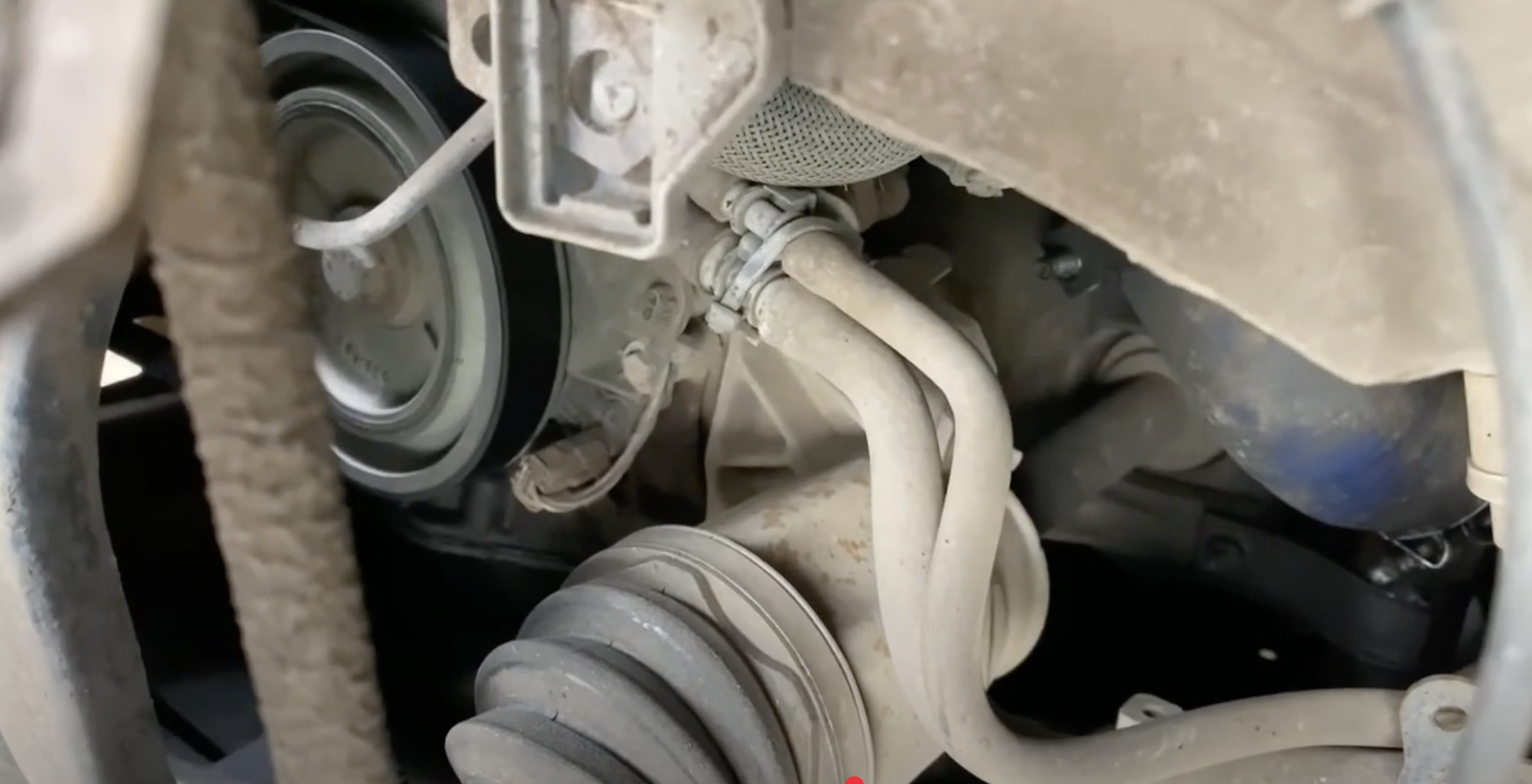Some jobs stick with you.
They remind you why attention to detail matters and why every part, no matter how small, plays a role in keeping a car running smoothly.
This story is about one Land Rover, a worried owner, and a little piece of engineering that saved them from a five-figure bill.

The Land Rover That Came in on a Tow Truck
It was a Wednesday morning when a Land Rover Discovery rolled through our gates on the back of a tow truck. The owner, Matt from Paddington, looked understandably stressed. He had just been told by another workshop that his engine was “done” and that the only fix was a full engine replacement. The estimate? Around $10,000.
Matt was not convinced. The car had been running fine a week earlier. Then, out of nowhere, it started misfiring, losing power, and producing a worrying clunk from under the bonnet. He decided to get a second opinion before signing off on such a huge expense. That decision turned out to be the best one he could have made.
Our First Steps in the Workshop
The first thing we did was a complete diagnostic scan. No surprise, there were multiple fault codes. Some pointing to fuel delivery issues, others to timing irregularities. We have seen this before. A cascade of unrelated-looking fault codes can often be triggered by one underlying problem.
We got to work with a methodical approach. That meant checking the basics before jumping to conclusions. Compression was fine. Oil pressure was good. There were no signs of head gasket failure either.
Then we took a closer look at the timing system. This is where the story, thankfully for Matt, takes a turn.
The Culprit: A $45 Crankshaft Position Sensor
Hidden deep in the engine bay was the crankshaft position sensor. It is a small part, about the size of your thumb, that tells the ECU exactly where the crankshaft is in its rotation. Without an accurate reading, the engine cannot time its fuel injection and spark correctly.
In Matt’s Land Rover, the sensor was failing intermittently. Sometimes it worked fine, other times it sent wildly inaccurate readings, causing the engine to misfire and shut down. To a mechanic without the right testing process, this can look like a catastrophic mechanical failure.
We replaced the sensor with a genuine OEM part, cleared the fault codes, and retested the system. The engine purred. No clunks, no hesitation, no drama.

From $10,000 to $450
Instead of an engine replacement, Matt drove away with a perfectly running Land Rover and an invoice of $450, including parts and labour. He was relieved, and honestly, so were we.
Jobs like this are a reminder that in European car servicing, the smallest components can make the biggest difference. They also show why methodical diagnosis is worth the extra time. It can save a customer thousands of dollars and unnecessary stress.
What Land Rover Owners Can Learn from This
If you drive a Land Rover, or any European car for that matter, here are a few takeaways from Matt’s story:
- Always get a second opinion on major repairs.
- A proper diagnostic process matters more than rushing to replace expensive components.
- Using genuine or OEM-quality parts ensures reliability after the repair.
At Bosch Service Brisbane, we see these kinds of situations more often than you might think. Whether it is a BMW, VW, Audi, or Land Rover, a clear process and attention to detail can often uncover a simple solution to what looks like a major fault.
If your mechanic has just handed you a scary repair estimate, feel free to give us a call. We will happily take a closer look and see if there is another way to get you back on the road.




